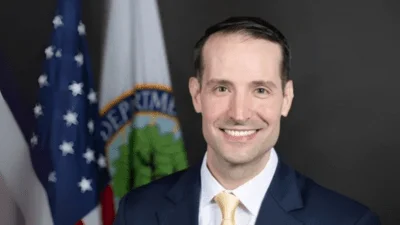The Biden-Harris administration plans to invest $300 million through President Joe Biden’s Investing in America agenda to improve climate-smart agriculture and forestry. Agriculture Secretary Tom Vilsack announced the investment, which is part of the Inflation Reduction Act, and will be implemented by the U.S. Department of Agriculture in Washington.
“Since day one, the Biden-Harris Administration has taken bold steps in climate-smart agriculture by making programs as strong and effective as possible,” Vilsack said, according to a July 12 USDA news release. “To do this, we have to improve the scientific backbone of our programs. This new investment by USDA in improving data and measurement of greenhouse gas emissions – made possible through President Biden’s Investing in America agenda – is unmatched in its scope and potential to increase accuracy, reduce uncertainty and enhance overall confidence in these estimates. We’re data driven, and we seek continuous improvement in our climate-smart agriculture and forestry efforts.”
According to the release, this investment is made possible by the Inflation Reduction Act, which provided nearly $20 billion in total investments to advance climate-smart agriculture and forestry practices. The Biden-Harris Administration plans to invest $300 million through the Investing in America agenda to improve measurement, monitoring, reporting and verification of greenhouse gas emissions and carbon sequestration in climate-smart agriculture and forestry.
The new investments align with the Federal Strategy to Advance Greenhouse Gas Measurement and Monitoring for the Agriculture and Forest Sectors, which was released as a draft for public input. The strategy outlines a framework and priority actions to enhance accuracy and reduce uncertainty in greenhouse gas estimates, the release said.
To address the key goals outlined in the framework, the USDA identified seven focus areas including establishing a Soil Carbon Monitoring and Research Network, creating a Greenhouse Gas Research Network, expanding data management and infrastructure, improving models and tools for assessing greenhouse gas outcomes, enhancing conservation practice standards, improving temporal and spatial coverage of national conservation activity data and strengthening the Greenhouse Gas Inventory and Assessment Program of USDA, according to the release.
The Biden administration seeks to achieve a 50-52% reduction in greenhouse gas emissions by 2030 compared to 2005 levels, the release said. The USDA aims to develop data, science and technology innovations to address the climate crisis, making agriculture and forestry sectors more investment-ready for the private sector while protecting and enhancing lands and waters.





